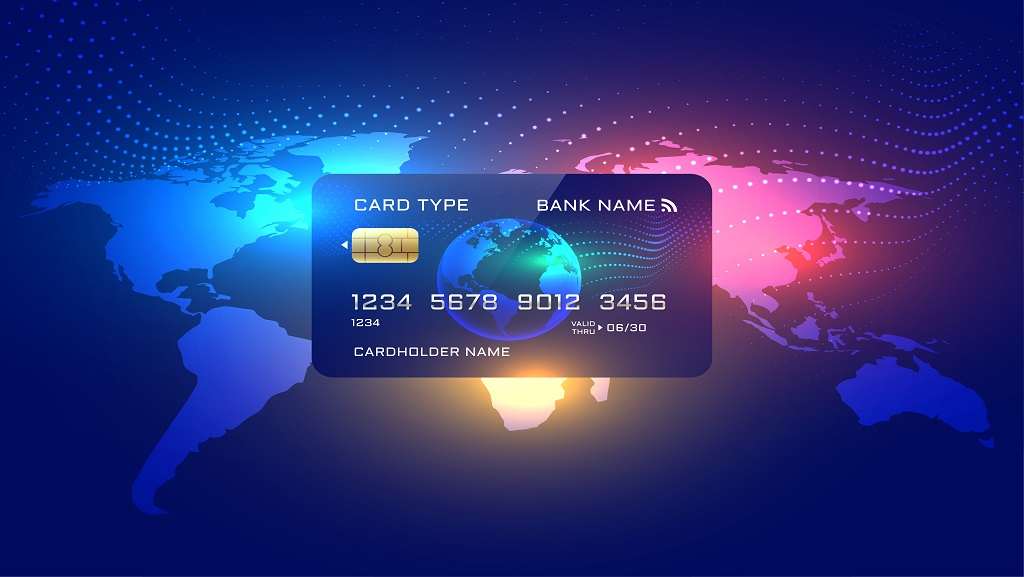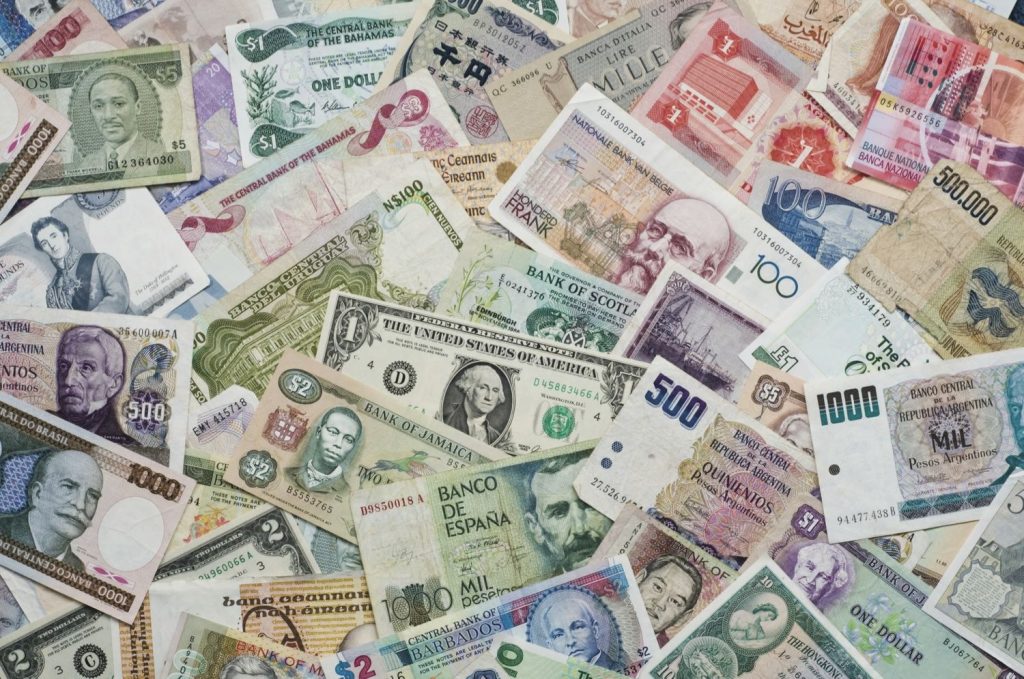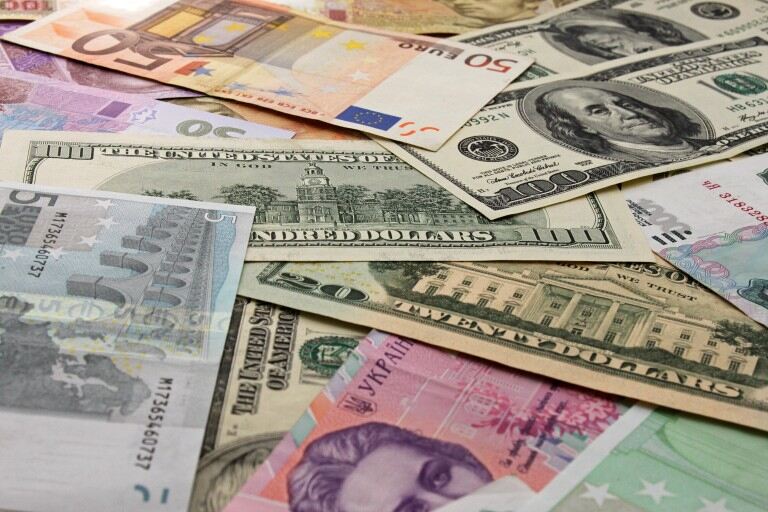
Know the Difference Between Forex Cards and Wire Transfers
Table of contents
When travelling abroad or sending money to our family members outside, we often search for the safest and the most reliable method to carry or send foreign currency. And with the ever-changing forex rates, the need to carefully decide the right option has become important. Two of the methods through which we can use foreign currency are forex cards and wire transfers. Learning about these ways can be a task but do not fear, Thomas Cook is here to give you information about every aspect of these two ways.
What is Forex Card
A forex travel card is a type of prepaid debit card that allows individuals to load one or multiple foreign currencies onto the card. It can be used to make purchases or withdraw cash from ATMs while travelling abroad. Forex cards are typically issued by banks and private companies. They are widely accepted at merchants and ATMs around the world. One of the main advantages of using a forex card is that it eliminates the need to carry large amounts of cash or to frequently convert money between different currencies. Forex cards often have favourable exchange rates and may have lower transaction fees than other types of foreign currency payment methods.
What is Wire Transfer
A wire transfer is an electronic transfer of funds from one bank account to another bank account. It is a type of electronic funds transfer (EFT) that is used to move money from one institution to another, such as between banks, credit unions, or other financial institutions. Wire transfers can also be used to transfer money between individuals, such as to pay for goods or services. Fees for wire transfer services can vary, so it’s important to check the costs with your bank or wire transfer service provider before initiating a transfer.
How to Buy and Use a Forex Card
There are multiple forex card benefits one can avail of. But to use a forex card, it is necessary to learn how to get one in the first place. With Thomas Cook, you can receive your one-currency forex card or multi-currency forex card at your home within hours of ordering it. Here are four simple steps to help you guide through the process of applying for the card.
- STEP 1: Choose the currency and amount you wish to have on the card.
- STEP 2: Provide your personal information and decide on a delivery option (home delivery or pick-up at a branch).
- STEP 3: Pay for the card using various methods such as debit or credit card or online banking.
- STEP 4: Once payment is confirmed, the card will be delivered or ready for pickup with the previously agreed exchange rate.
Forex cards are primarily used for travelling abroad and can be used for various purposes such as:
- Making purchases: Forex cards can be used to make purchases at merchants that accept Visa or MasterCard. This includes shopping for goods and services, paying for hotel stays, and booking flights and rental cars.
- Withdrawing cash from ATMs: Forex cards can be used to withdraw cash from ATMs in foreign countries. This is useful for travellers who need cash for expenses such as transportation or meals.
- Online transactions: Forex cards can also be used to make online purchases on foreign websites. This is useful for travellers who need to book accommodation or purchase tickets online.
- Business travel: Forex cards are widely accepted and can be used for expenses incurred during business trips such as hotel stays, flights, and meals.
- Education abroad: Forex cards are also useful for students travelling abroad for education, as they can be used for tuition fees and other expenses.
- Medical tourism: Forex cards can be used for medical expenses incurred during medical tourism. For instance, a forex card can be used to pay for hospital bills, doctor’s fees, and any other medical expenses.
Forex card benefits[6] should be kept in mind as they offer a more secure and convenient way to carry foreign currency, and often have more favourable exchange rates and lower transaction fees than other types of foreign currency payment methods.
How Does Wire Transfer Work
Wire transfers typically involve the sender providing their bank with the recipient’s name, bank account number, and routing number. The sender’s bank then initiates the transfer and sends a message to the recipient’s bank to credit the account with the specified amount of money.
Wire transfers can be done in a number of ways, including in-person at a bank branch, via phone or online banking, or through a wire transfer service provided by various financial services companies. Wire transfers are generally considered to be a secure and reliable way to transfer money, but it can take several days for the recipient to receive the funds. Fees for wire transfer services can vary, so it’s important to check the costs with your bank or wire transfer service provider before initiating a transfer.
Forex Card Vs Wire Transfer
There are numerous advantages of forex cards that can be compared with the aspects of wire transfer. Here are some,
- Transaction fees: Forex cards typically have lower transaction fees than credit cards, which can help to save money on foreign transactions. International wire transfers vary depending on the bank or financial services institutions, but they are usually high compared to forex cards.
- Security: Forex cards are more secure than carrying cash, as they can be blocked if lost or stolen, and can be replaced easily. Whereas wire transfers are vulnerable to fraud and hacking, and it’s important to take precautions to protect against these risks, such as using a secure internet connection and verifying the recipient’s account information.
- Multi-Currency: Forex cards allow us to load multiple currencies on a single card, which can be useful when travelling to multiple countries. And with Thomas Cook’s multi-currency cards, you safeguard yourself from inflated and hefty currency conversion charges. Because we offer the benefit of locking in the exchange rate at the time of loading the card. Currency conversion can be a disadvantage with wire transfers as the exchange rate may be different from the real-time rate, which can lead to a loss of funds.
- Easy to monitor: Forex cards can be monitored easily, through the bank’s website or mobile app, to keep track of expenses and card balances. There’s limited control in wire transferring. Once the wire transfer is completed, the sender loses control over the funds and cannot recall the transfer.
- Accepted worldwide: Forex cards are widely accepted and can be used at merchants and ATMs in most countries around the world. Whereas, some countries or institutions may not accept international wire transfers, which can make it difficult to send money to certain locations.
You can enjoy each of these benefits and more with Thomas Cook. Explore more advantages of forex cards on our website and become your family’s trip planning specialist.
Table of contents
Our Forex Offerings
Trending blogs for you
 18002099100
18002099100




















